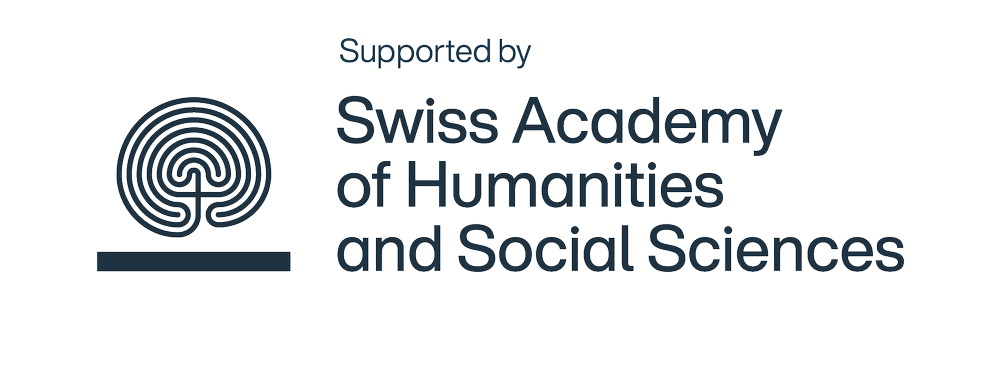Persistence of Silenced Toponymic Landscapes in Disputed Territories
The Case of Arabic in West-Jerusalem
DOI:
https://doi.org/10.36950/jndf.2022.22Abstract
The (re)attribution of place names plays a significant yet subtle role in the production of spatial and national identity. Since 1948, the Israeli administration has endeavoured to Hebraize (therefore Judaize) the space in the Israel Palestine region. Yet, Arabic names of major neighbourhoods within Jerusalem have survived while their Palestinian residents have not been allowed to return since they fled or were expelled in 1948. This article explores this toponymic paradox. After delving into the Israeli efforts to create and maintain an (almost) exclusive Hebraized landscape and the variety of ensuing toponymic clashes, this paper examines different reasons that might explain the ‘resistance’ of Arabic names in areas of Israel’s proclaimed capital city. Using concepts such as toponymic attachment and place identity, this paper reveals much about the strength of traditional naming practices versus imposed policies, including in contexts of disputed territories where the Other’s toponyms tend to represent a threat to One’s narrative of the land.
Downloads
Downloads
Veröffentlicht
Ausgabe
Rubrik
Lizenz
Copyright (c) 2022 Mylène Socquet-Juglard

Dieses Werk steht unter der Lizenz Creative Commons Namensnennung 4.0 International.



